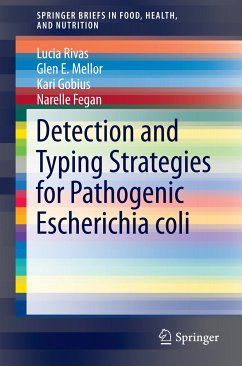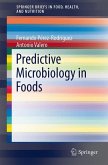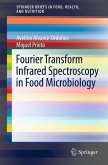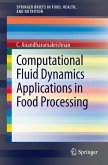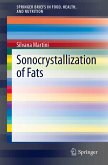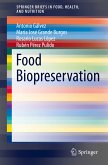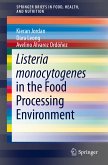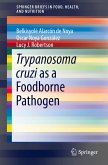This Brief will review the methods that are currently available for the detection, isolation, and typing of pathogenic E. coli with a particular focus on foodborne diseases caused by the Shiga toxigenic E. coli group, which have been implicated in a number of significant outbreaks in recent years. Pathogenic forms of E. coli can cause a variety of diarrheal diseases in hosts due to the presence of specific colonization and virulence factors, and pathogenicity-associated genes, which are generally not present in other E. coli. Six pathotypes of pathogenic E. coli are recognized (Shiga toxigenic E. coli, Enteropathogenic E. coli, Enterotoxigenic E. coli, Enteroinvasive E. coli, Enteroaggregative E. coli and Diffusely Adherent E. coli) and certain strains among these groups are major public health concerns due to the severity of disease that they can cause. Methods to detect and isolate these pathogens from a variety of sources are constantly evolving. In addition, the accumulation of knowledge on these pathogens allows for improved intervention strategies.
Dieser Download kann aus rechtlichen Gründen nur mit Rechnungsadresse in A, B, BG, CY, CZ, D, DK, EW, E, FIN, F, GR, HR, H, IRL, I, LT, L, LR, M, NL, PL, P, R, S, SLO, SK ausgeliefert werden.

